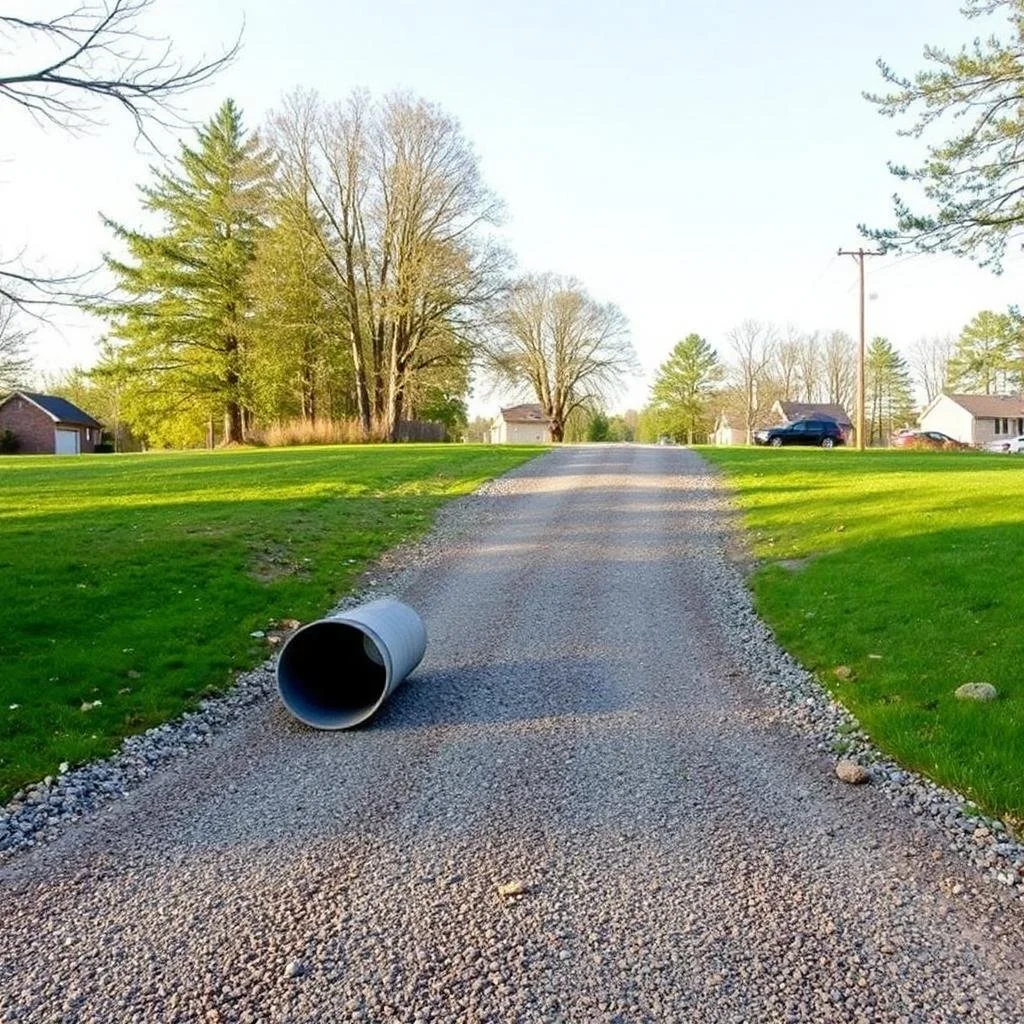Easement vs. Right of Way
All rights of way are easements but are all easements rights of way?
An easement is basically the legal right to use someone else’s land for a particular purpose without owning it—think “VIP access, not VIP ownership.” It can be appurtenant, which means it benefits a neighboring parcel and usually sticks to that land through future sales, or in gross, which benefits a person or company (hello, utility crews) and may or may not transfer. Easements are scoped by whatever the grant says (or by law), so you get only the use that’s spelled out. The landowner keeps title, the easement holder gets the limited use, and maintenance generally falls on the person enjoying the privilege unless the paperwork says otherwise. Easements can show up by express grant, implication or necessity, or even long-term use (prescription), and they can bow out gracefully by release, expiration, merger, abandonment, or a judge’s gavel.
A right-of-way (ROW) is just a very specific kind of easement that’s all about going places—a corridor for vehicles or people (and sometimes pipes and wires) to pass through or travel upon. ROWs are often laid out with a set width—20', 30', 50'—so everyone knows where the tires go and where they don’t. They’re commonly non-exclusive, meaning the landowner can still use the space so long as they don’t mess with the passage, and they usually run with the land when appurtenant, hitching a ride to future owners of the benefited parcel. The holder typically handles construction and maintenance unless the recorded documents swap that duty. And just to keep the paperwork clear: a ROW doesn’t transfer ownership—the landowner still owns the dirt under the boots and wheels; the holder just gets the legal green light to cross it.

